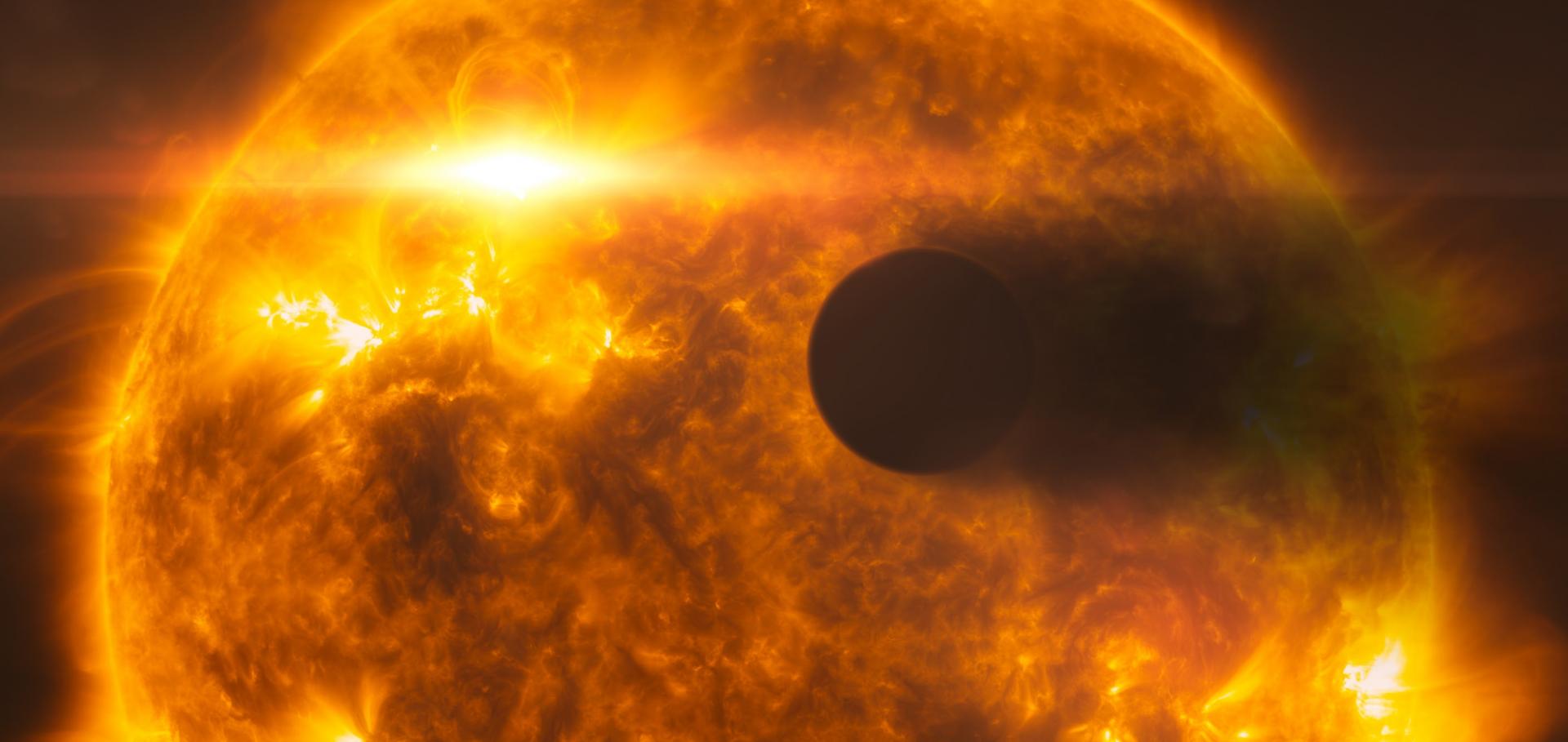A deeper view of the CoRoT-9 planetary system A small non-zero eccentricity for CoRoT-9b likely generated by planet-planet scattering
ASTRONOMY & ASTROPHYSICS 603 (2017) ARTN A43
Inferring probabilistic stellar rotation periods using Gaussian processes
(2017)
New low-mass eclipsing binary systems in Praesepe discovered by K2
(2017)
Robust, open-source removal of systematics in Kepler data
MONTHLY NOTICES OF THE ROYAL ASTRONOMICAL SOCIETY 471:1 (2017) 759-769


